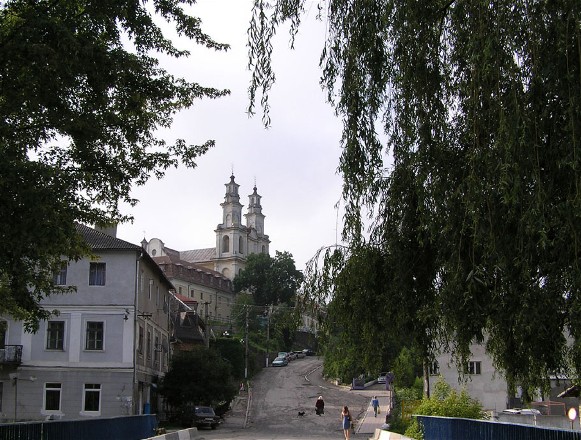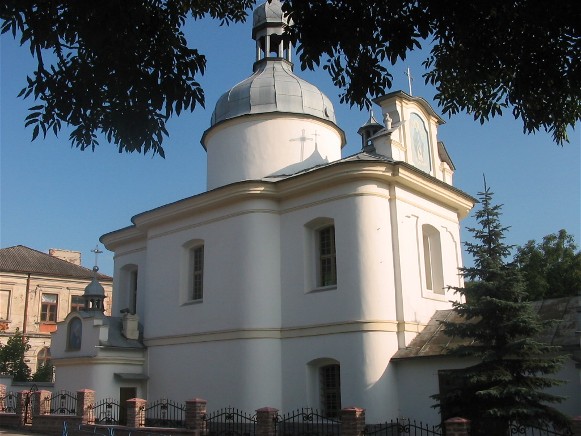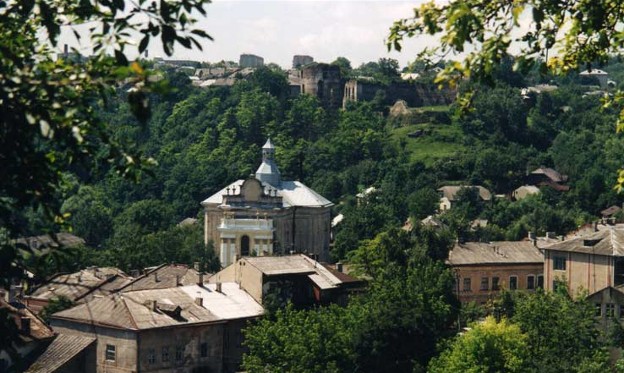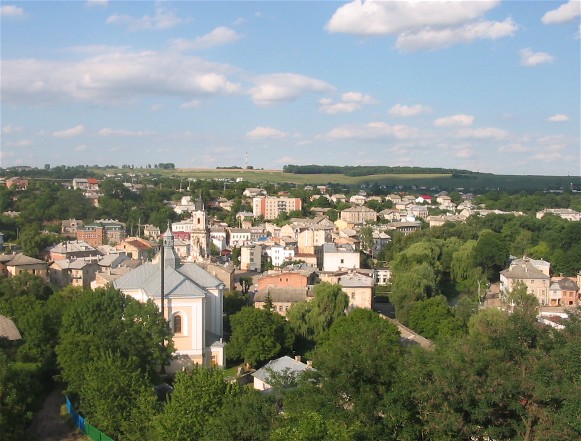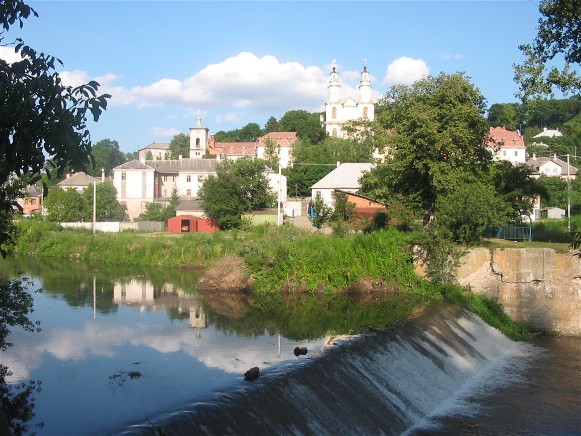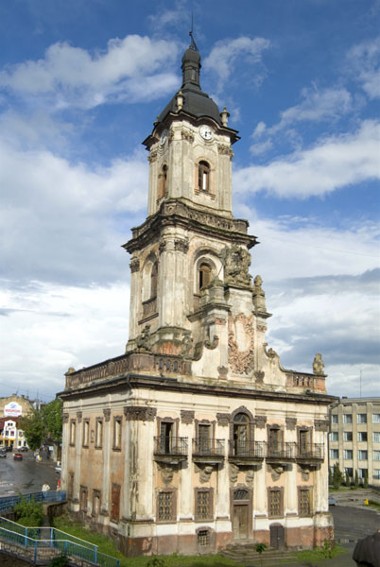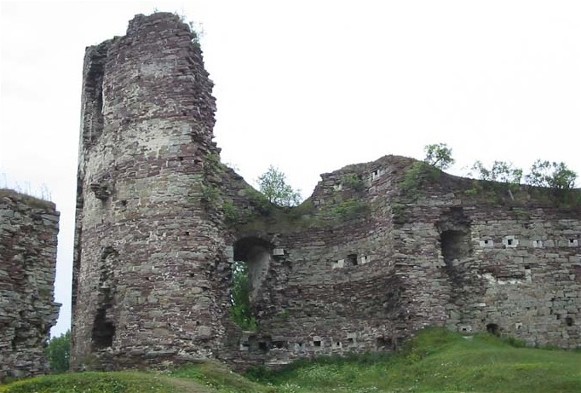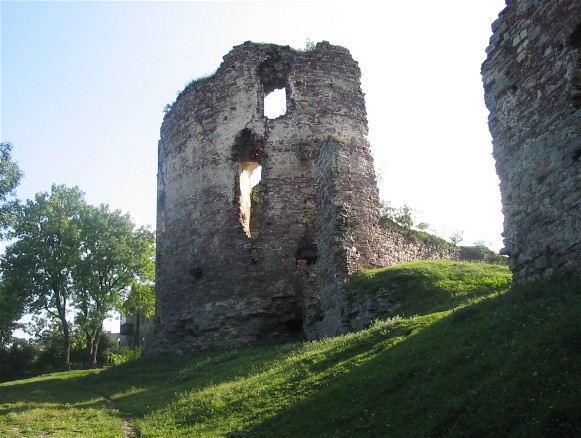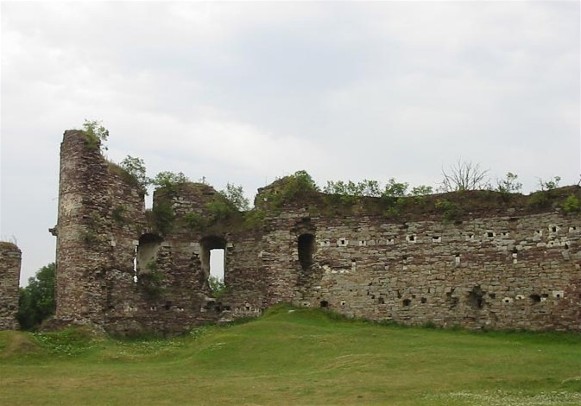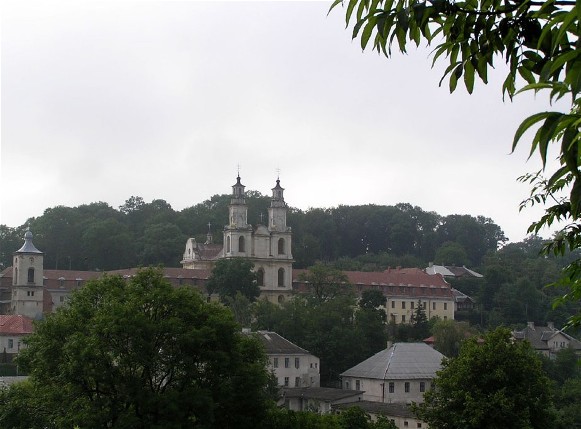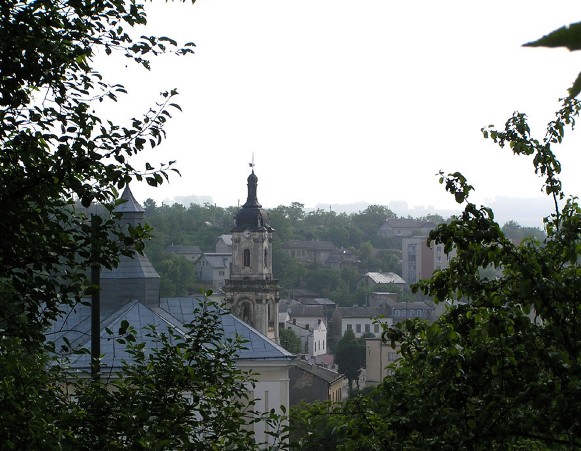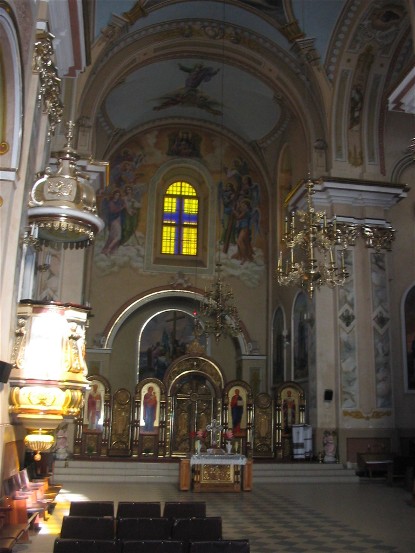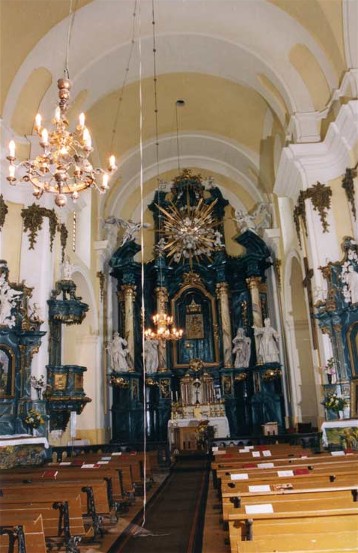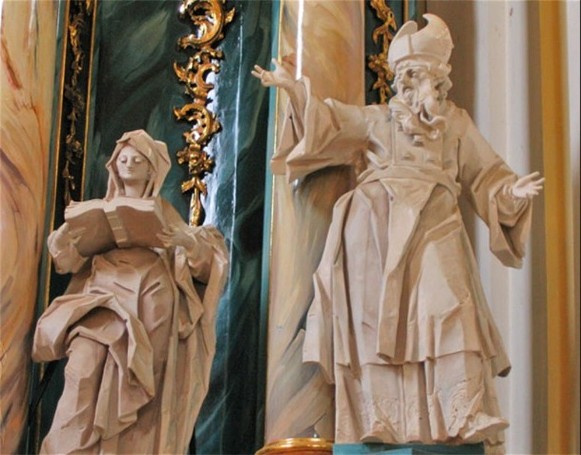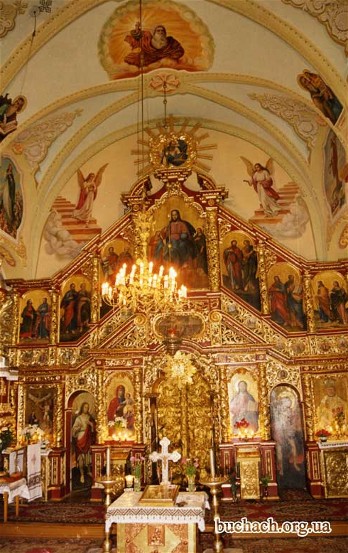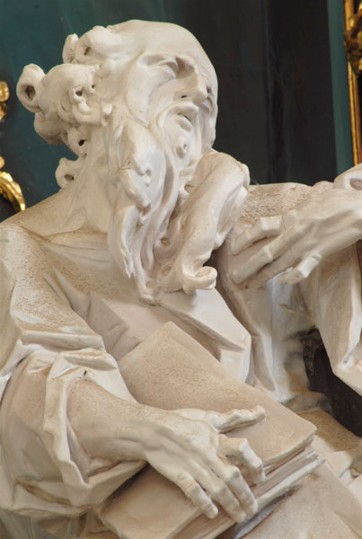Buchach
Buchach [Бучач; Bučač]. Map: IV-6. City (2011 pop 12,514) on the Strypa River, a raion center in Ternopil oblast. Buchach was first mentioned in historical documents from 1397 as part of the estates of the Buczacki family. In 1515 the fortified city was granted Magdeburg law. In the 16th and 17th centuries Buchach protected Galicia from the Tatars and Turks. In 1672 the Buchach Peace Treaty was signed. Count Stefan Potocki established a Basilian monastery in 1712; a well-known school functioned at the monastery until 1893. The Basilians ran a teacher's seminary here in 1855–65, and from 1911, the Saint Josaphat Institute. From the mid-19th century to 1939 Buchach was a county center. It produced carpets and ornamental rugs. The city developed slowly: in 1880 it had 9,000 inhabitants, of whom 63.5 percent were Jews; in 1939 it had 11,100 inhabitants, of whom 46.4 percent were Jews, 31.9 percent were Poles or Roman Catholics, and 21.6 percent were Ukrainians. In 1959 Ukrainians constituted 96 percent of the population. Today a food industry is located in Buchach. Among its architectural monuments are the ruins of the Potocki family's castle (14th–16th century); Saint Nicholas's Church (1610); the Basilian monastery (1712) with the baroque Church of the Elevation of the Cross (1751); the Church of the Theotokos (1764); and the town hall, built in the rococo style by the architect Bernard Meretyn and decorated by the sculptor Johann Georg Pinzel (1751).
[This article originally appeared in the Encyclopedia of Ukraine, vol. 1 (1984).]
